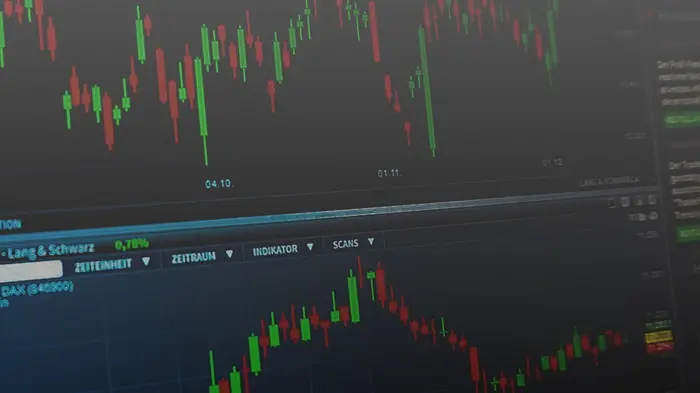Ollie’s Bargain Outlet Holdings Inc. (NASDAQ: OLLI) has experienced a significant pullback since reaching a three-year high of $120.00 on December 20. The stock has dropped 1.3% to $99.93 at last glance and is on track for its ninth loss in the last 11 sessions. This decline has raised concerns, but the stock may be poised for a potential rebound.
Key Support Level: The 126-Day Moving Average
The 126-day moving average (which represents approximately six months of trading data) appears to be offering some support for the stock today. This trendline has historically served as a bullish indicator for Ollie’s Bargain Outlet, and its recent proximity to this level could signal a potential bounce back.
According to Rocky White, Senior Quantitative Analyst at Schaeffer’s, the stock has come close to the 126-day moving average multiple times in the past three years. On five separate occasions, after trading above this moving average for extended periods, the stock showed positive performance one month later in 60% of these instances, averaging a 5.2% gain.
Oversold Condition: A Sign of Potential Rebound
Additionally, Ollie’s Bargain Outlet stock is currently in an oversold condition, which often suggests a potential for a short-term recovery. The stock’s 14-day relative strength index (RSI) stands at 16.5, which places it firmly in the oversold territory. When stocks reach such low levels on the RSI, it often signals that the stock is due for a reversal or a rebound, as it may have been oversold in the market.
Low Volatility and Option Trading
Options traders may find value in betting on the stock’s recovery, as options prices are currently reflecting low volatility expectations. The stock’s Schaeffer’s Volatility Index (SV) of 34% ranks in the 16th percentile of its annual range, indicating that options traders expect relatively low volatility in the near term.
For investors looking to play a potential rebound in Ollie’s Bargain Outlet, considering options might be a smart move, particularly when volatility expectations are low. This could provide a risk-managed way to take advantage of any potential upside while mitigating exposure to downside risk.
Related topics:



























